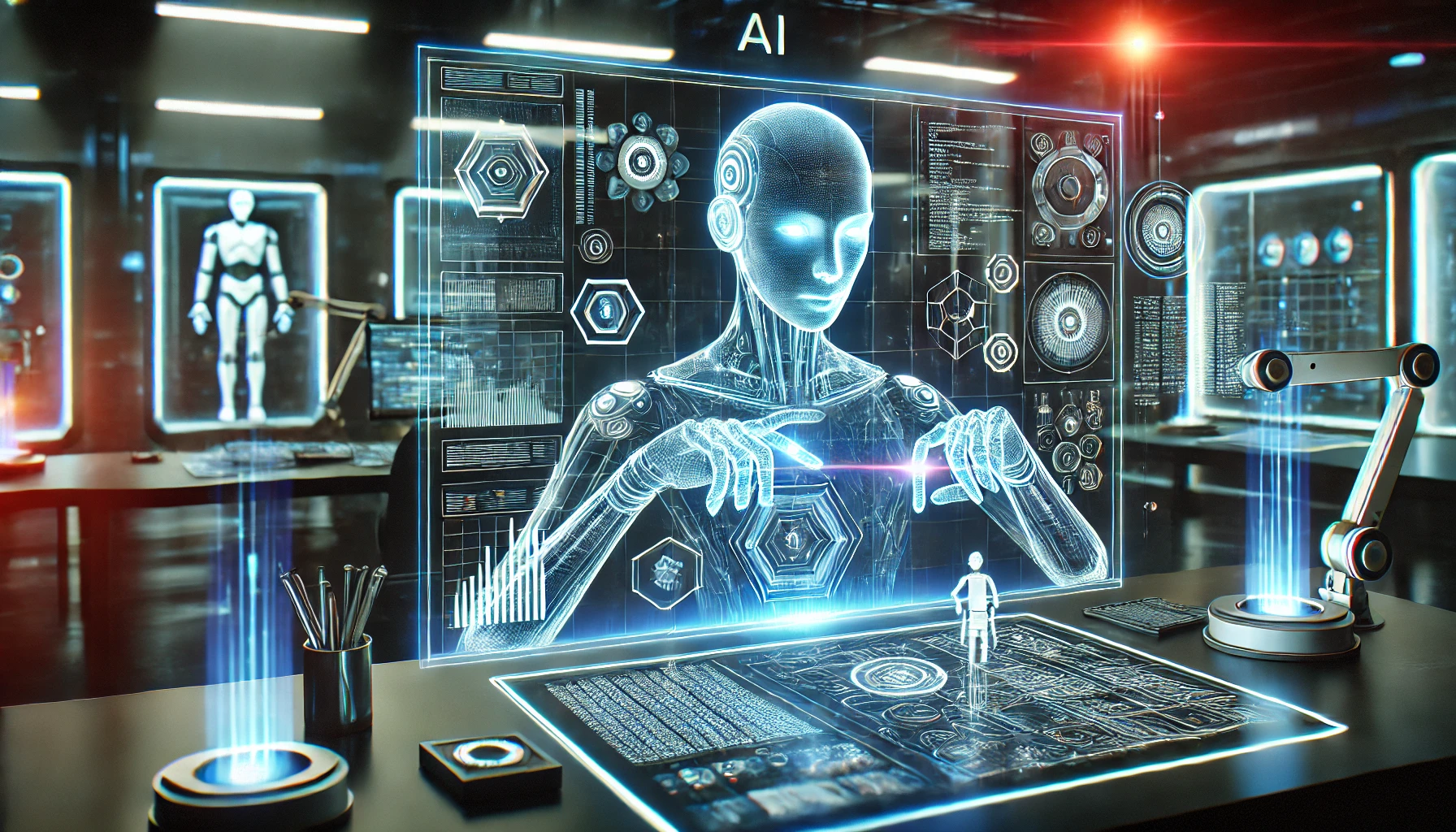How to Generate Diagrams with Mermaid in ChatGPT

Diagrams are essential tools for visualizing processes, workflows, and data structures. Whether you're planning a software architecture, mapping out a business process, or documenting a complex system, visual representations make information more accessible and easier to understand.
What is Mermaid?
Mermaid is a JavaScript-based diagramming and charting tool that uses text-based definitions to create and modify diagrams dynamically. It's become increasingly popular because it allows developers and technical writers to create diagrams using simple, markdown-like syntax.
Why Use Mermaid with ChatGPT?
ChatGPT supports Mermaid syntax natively, which means you can ask it to generate diagrams directly in your conversations. This integration offers several advantages:
- Speed: Generate complex diagrams in seconds
- Iteration: Easily modify and refine diagrams through conversation
- Accessibility: No need for specialized diagramming software
- Version Control: Text-based diagrams can be stored in repositories
Getting Started
To generate a Mermaid diagram in ChatGPT, simply ask for what you need. For example:
"Create a flowchart showing the user authentication process"
Common Diagram Types
Mermaid supports various diagram types, including:
- Flowcharts: Perfect for process flows and decision trees
- Sequence Diagrams: Ideal for showing interactions between components
- Class Diagrams: Great for object-oriented design
- Gantt Charts: Useful for project timelines
- State Diagrams: Excellent for state machines and workflows
Quick Example
Here's a simple example of Mermaid syntax for a flowchart:
graph TD
A[Start] --> B{Is it working?}
B -->|Yes| C[Great!]
B -->|No| D[Debug]
D --> BBest Practices
- Start with clear requirements for your diagram
- Iterate and refine based on the initial output
- Keep diagrams focused and not overly complex
- Use consistent naming conventions
- Save the Mermaid code for future use
Conclusion
Mermaid diagrams in ChatGPT provide a powerful, accessible way to create professional visualizations quickly. Whether you're documenting architecture, planning workflows, or communicating complex ideas, this combination offers an efficient solution that fits seamlessly into modern development workflows.